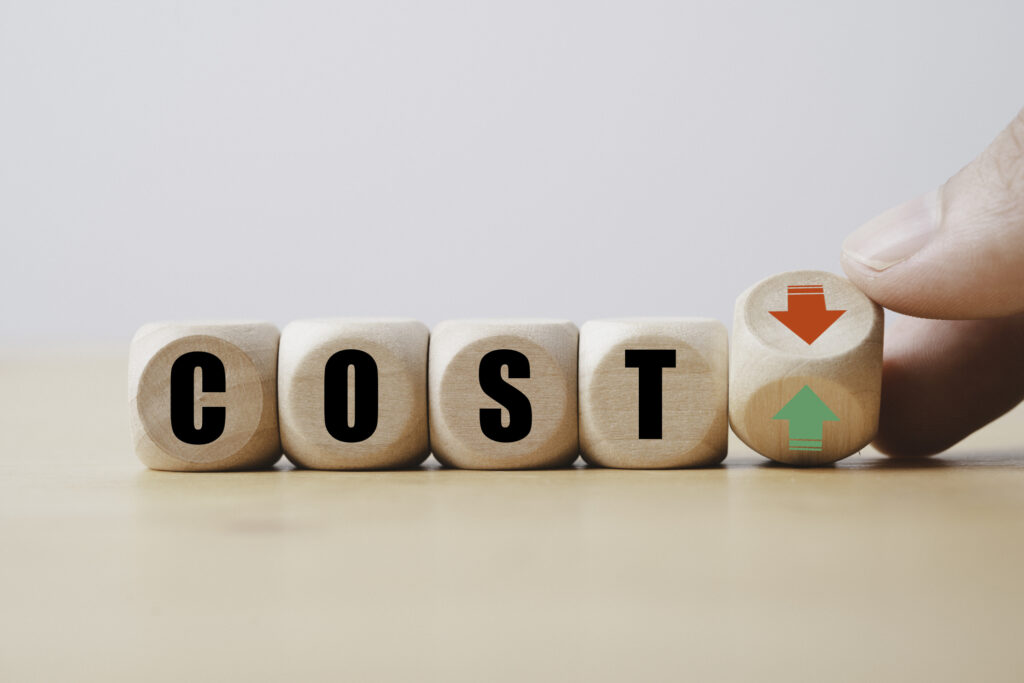
Marginal Revolution University
Grades 9-12

Don't have an account yet? Sign up for free
Don't have an account yet? Sign up for free


Art, baseball cards, coins, comic books, dolls, jewelry and stamps are just a few examples of the many things people collect. While some people collect for fun — others hope to profit. In this lesson, students explore how supply and demand influence the price of collectibles. They also evaluate speculation in collectibles as an investment option. They learn that collectibles are one of the riskiest ways people can invest their money.
[NOTE: Students will need a basic understanding of supply, demand and market prices for this lesson. You may want to review these concepts before you begin the lesson. For the purposes of this lesson, supply describes the quantity or amount of a collectible that is available for sale. Demand measures the desire, willingness, and ability to purchase a collectible – in other words, how many people want to buy it. If an item is scarce, people who want an item may be willing to pay a premium price. When an item is plentiful and demand goes down, sellers may need to lower the price so people will buy them. This seemingly simple process forms the basis of our market economy:]
On the board, copy this list of items in this order.
Coins
Old bottles
Legos
Lunch boxes
Eagle photographs
Candy wrappers
Tea pots
Ice cream scoops
Beanie Babies
Lanterns
Elephants (stuffed)
Salt and pepper shakers
 Have students look at the list of items on the board. Ask them to guess what all these items have in common. If they are unable to come up with the correct answer, erase all but the first letter of each word to expose the connection. [All of the items are things people collect – they are called collectibles]
Have students look at the list of items on the board. Ask them to guess what all these items have in common. If they are unable to come up with the correct answer, erase all but the first letter of each word to expose the connection. [All of the items are things people collect – they are called collectibles]
[NOTE: IF you have used this technique for introducing a lesson before and students have discovered “the trick,” scramble the words; this will force the students to unscramble the first letters.]
Tell students that they are going to learn about investing in collectibles.
Distribute copies of this worksheet. Direct students to follow the instructions throughout the lesson and be prepared to answer the THINK ABOUT IT questions. Have them record their responses on this worksheet. This will help them remember their answers; it will also enable you to use their responses as you assess their learning.
In the activities for this lesson, students are asked to respond to querstions about what they have just read. They are directed to email their responses to you. If you prefer having a hard copy of their responses, distribute copies of this werksheet before they begin working online.
Activity 1: What is a Collectible?
Students read these articles to learn more about investing in collectibles:
Here students learn what people collect and why. They learn how supply and demand influence the price of collectibles. The articles also discuss other aspects of collecting, including the condition of a collectible as a factor affecting price, and the buyer's expected return on collectibles.
THINK ABOUT IT

Activity 2: Collecting for Profit?
Students are told collectibles don't fare well when compared to other popular investment options. Return is usually limited to profit (if any) when an item is sold. Collectibles are considered an extremely risky investment. Another concern is liquidity – the collectors's ability to sell the collectible.
Students read two more articles concerning collectibles.
THINK ABOUT IT
If you have not already done so, discuss student responses to the THINK ABOUT IT questions throughout the lesson. Then discuss:
Have students:

a. Do you own anything – for instance, a baseball card, coin, book, piece of furniture — that has increased significantly in value during your lifetime?
b. Did you think when you got the item that it would become so valuable?
c. Is there anything you have gotten rid of that you now wished you had kept?
a. How much do these collectibles cost today?
b. Which of your collectibles are worth more today than when they were first acquired?
c. Why do you think these items are worth more today than then? [Help students connect responses to market supply and demand. For example, a rare baseball card or coin reflects a scarcity of supply. In other cases, demand may drive the value. Some items may be fad collectibles that are in presently high demand.]
Several opportunities for student evaluation are provided in this lesson.
These rubrics are provided for assessing the worksheets and the student's contribution to the class discussion – adjust and weight the rubrics to fit your specific needs.

Marginal Revolution University
Grades 9-12

Grades 9-12

Grades 9-12

Grades 9-12
